5 solutions pratiques pour améliorer le climat de travail
Alors que je faisais la queue à l’aéroport, pour passer au contrôle de sécurité, quelqu’un a bousculé la femme et l’enfant qui étaient derrière moi pour passer devant. Frappée par l’indécence (et l’audace) de cet acte irrespectueux, j’ai décidé de faire remarquer discrètement à l’individu en question ce qu’il venait de se passer. En réponse, non seulement a-t-il nié l’acte reproché, mais il a levé le ton et m’a dit de me mêler de mes affaires, sans se gêner de ponctuer le tout de grossièretés. Wow! De quoi élever le manque de respect initial à un tout autre niveau!




